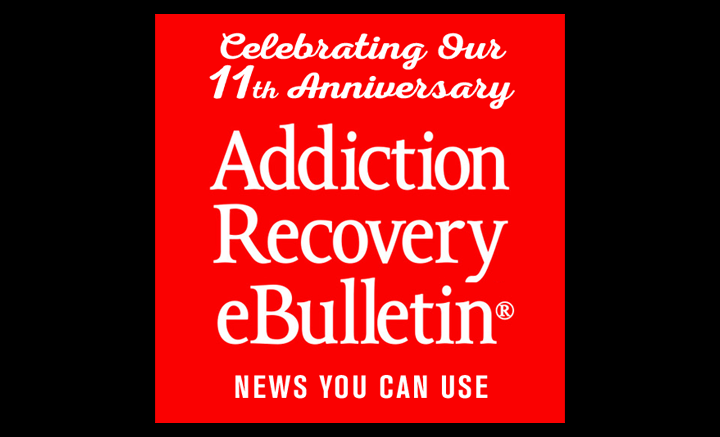Death Wish? –
JULY 16, 2020 – The budget cuts — many spurred by state budget shortfalls wrought by the economic consequences of the coronavirus pandemic — will hit behavioral health services when they are needed most, addiction treatment advocates told STAT. At least 35 states have reported increases in opioid mortality rates. Relapses, overdoses, and the use of dangerous and unfamiliar synthetic drugs are also on the rise. Treatment facilities have had to cut capacity to adhere to social distancing requirements — increasing demand for the fewer spots available and squeezing facilities’ budgets at the same time. “It was already a significant issue for cities to support this. Post-Covid, you have higher rates of opioid use and overdoses and less resources,” said Sue Polis, director of health and wellness for the National League of Cities. “It’s almost a perfect storm in terms of cities’ capacity and readiness.”
It’s hard to calculate exactly how the coronavirus pandemic has changed the landscape of addiction in the United States, but early data — and interviews with treatment providers across the country — paint a picture of a worsening crisis.
“We are more full than we’ve ever been,” said Stephen Loyd, formerly Tennessee’s top addiction policy official, who is now the medical director at treatment facilities in Tennessee, Kentucky, and Florida.
“The demand for treatment has grown exponentially,” agreed Dan Lustig, who runs the Haymarket facility in Chicago, a substance use disorder clinic that serves 12,000 patients annually, many of whom are low-income and experiencing homelessness.



